Loading...

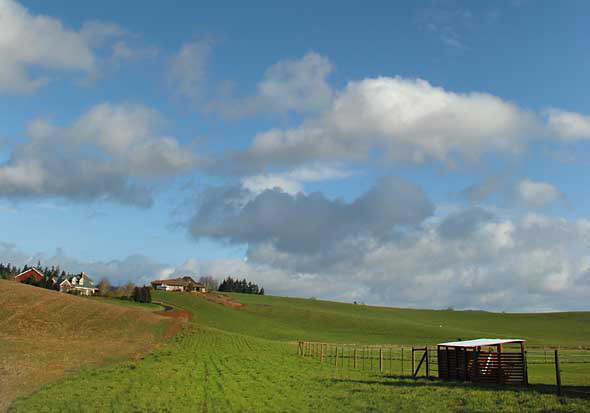
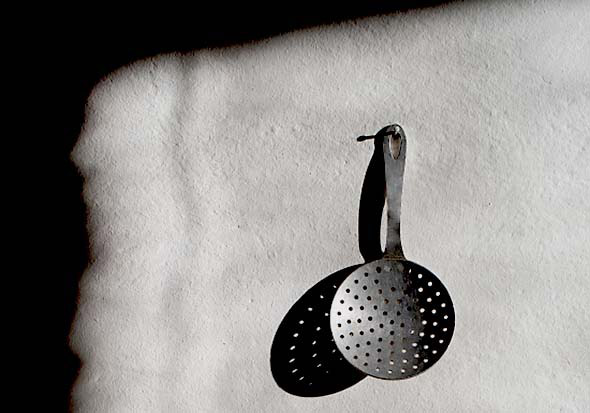
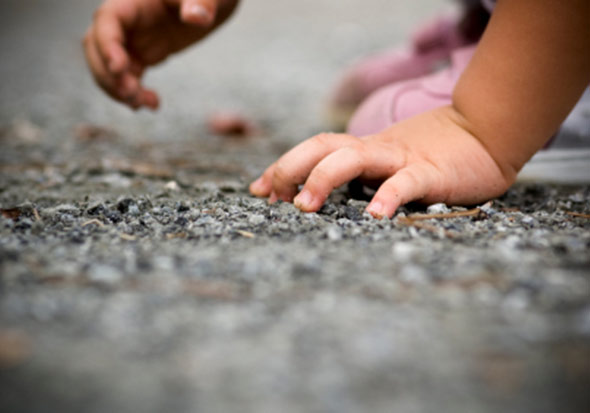

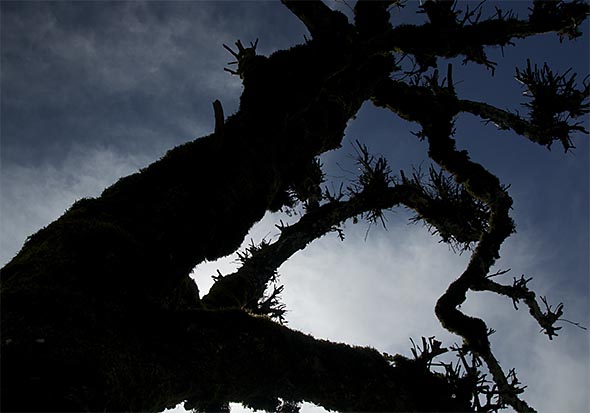
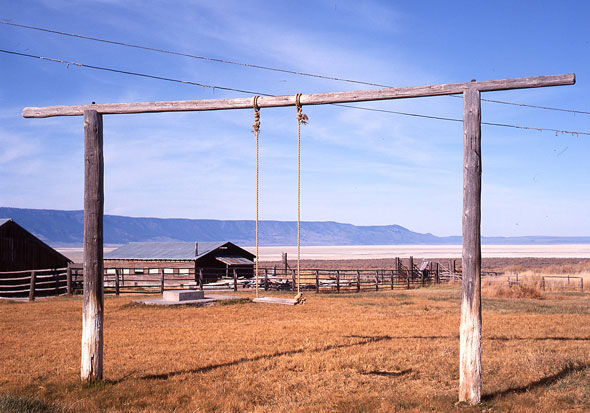
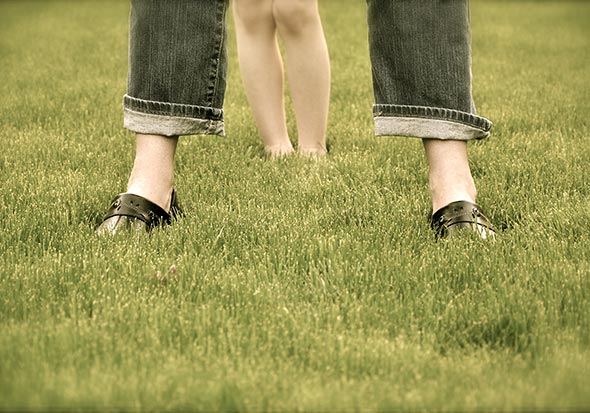
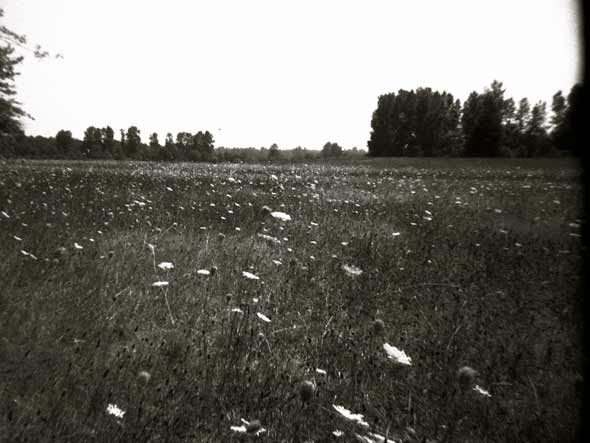
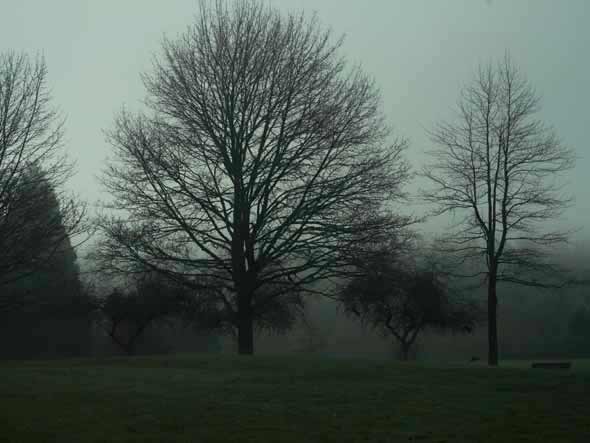

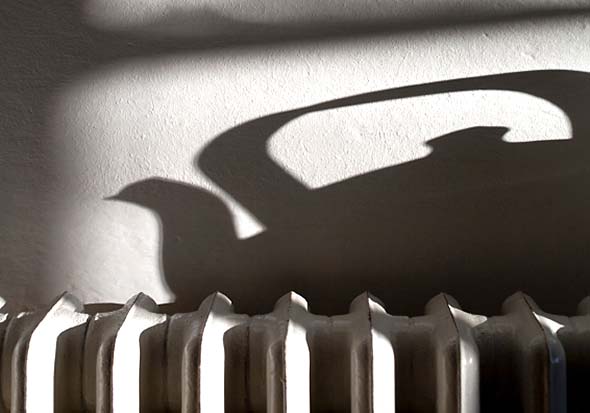


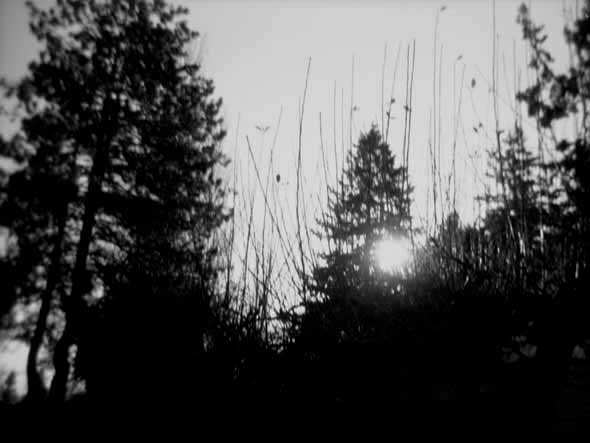

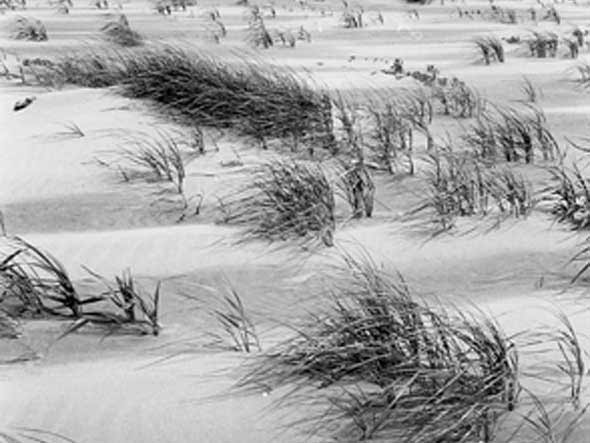
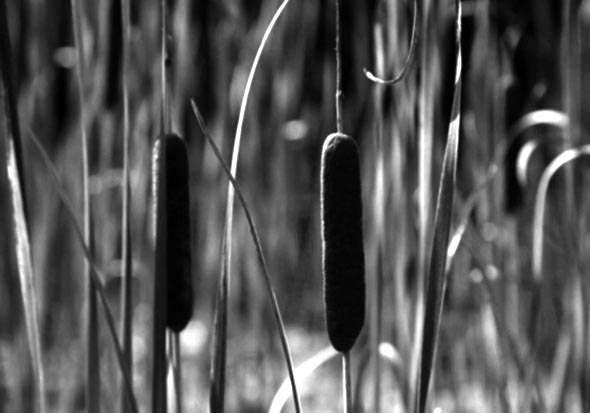
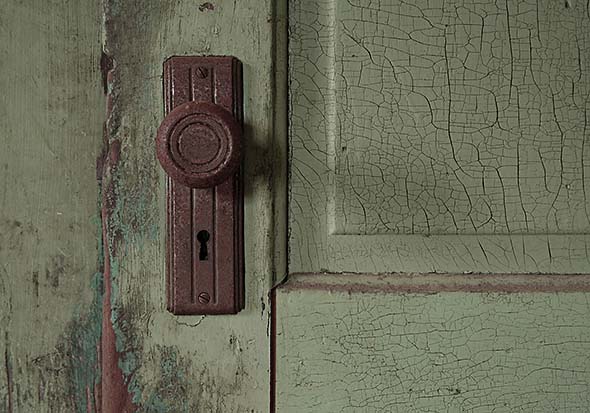
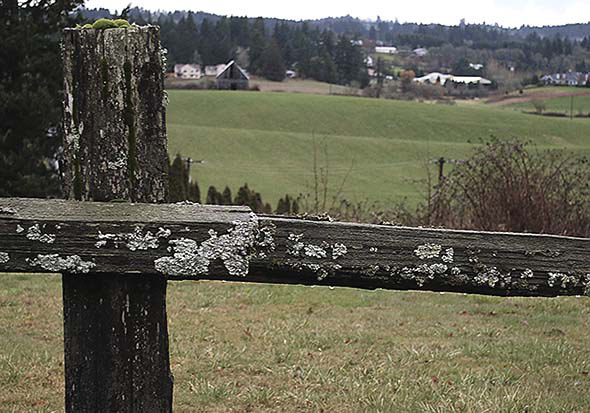
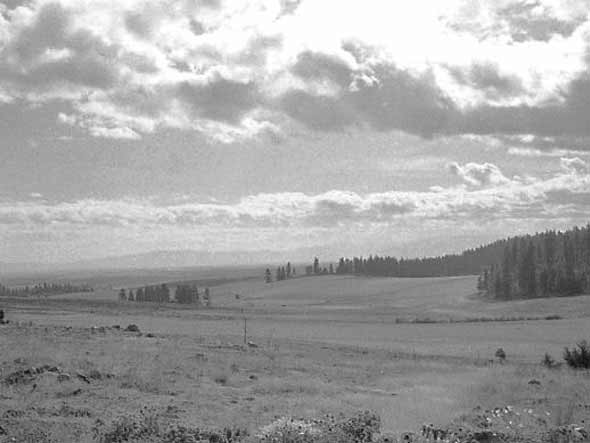
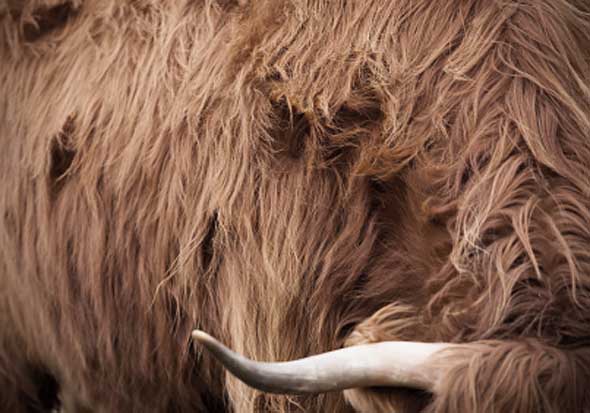
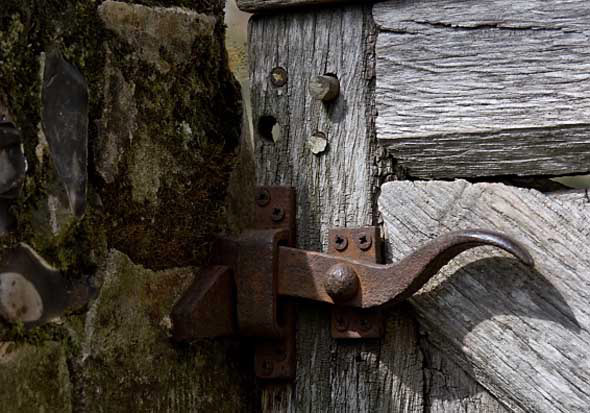
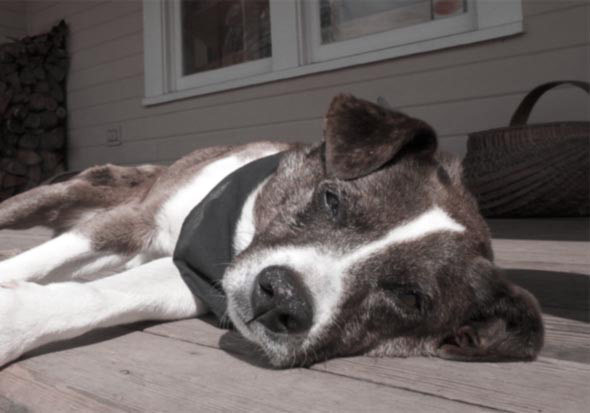

Loading...

























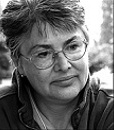
Still, a bull soaking up the sun, even a large one, is no novelty in our barnyard. What draws my mother's eyes to this one is Gail, three years old and all of thirty pounds, rolling on the ground in front of him.
Stunned, Mother reaches down and clicks off the burner under a kettle of soup just beginning to simmer. Steam clouds the bottom edge of the glass. In the next deliberate second she fumbles the latch on the window and pulls it wide. A breeze billows the curtains back and she stills them with one hand, listening. No crying. Nothing but the scratchy rant of red-winged blackbirds in the cattail slough behind the house.
Easing the door shut, Mother pauses at the front steps, her eyes skipping to Gary and me, counting heads, even as her hand gropes for the hoe leaning against the house. Tippy falls in behind her as she walks rapidly toward the gate. The situation calls for a panic of caution. She cannot yell or run toward the bull, nor can she sic the dog on him. A bull lying down is a far smaller threat than one up stomping around fighting a dog. Slipping through, Mother raps the yard gate shut on the dog's nose and hisses "Go lay down," the only command Tippy knows besides "sic 'em." She slinks back to the front step and collapses.
Leaving the gate slightly ajar, Mother slows her pace and circles to approach on the downwind side. The scene defies logic. Gail has shed her jacket and cap, and her dark pigtails bob on either side of her face as she rocks on her hands and knees in front of the bull. Closer, Mother can hear the sounds of battle, Gail's high-pitched bellows mocking the bull fights we witness at branding time, her tongue lolling from her mouth as she bends forward and charges. The bull answers with a slick ripple of hide, tilting his shaggy poll to meet Gail's forehead, butting her back on her heels, nodding as she pushes into him again. Lying with his feet tucked up, his nose brushes the ground in slow arcs as he twists his great head side to side. Then with swift cunning, the bull shifts. Tipping his head in a graceful loop, he hooks the wide bridge of his nose under Gail's chest and flips her like a dime. She shrieks with laughter and is scrambling to all fours for another sally when Mom speaks from a few feet away. "Get back to the house." Her voice is as flat as the head of a nail. She holds the hoe ready to swing.
At three and a half, Gail must have heard those words with the same sinking heart that Tippy had heard hers. They are training words, ones we recognize as a single sound, a single sequence of sound. That particular command is not one to beg questions. Mother poises for action, hoe balanced on one shoulder like a baseball bat. Gail's small coat is sprawled on the hardpan at her feet, one sleeve inside out, the knitted cap a careless ball beside it. Without moving her eyes from the bull, Mother pushes them together with one foot as Gail passes her, heading for the house.
Judy Blunt knocked out the literary world with her collection of nonfiction essays, Breaking Clean (Knopf, 2002). She was winner of the Whiting Writers' Award in 2001. Her book won the Pen/Jerard Award, Mountains and Plains Nonfiction Award, Willa Cather Literary Award, and was listed as one of The New York Times Notable Books. More recently she was the recipient of a Guggenheim Fellowship for 2006. Judy's short pieces have appeared in Oprah Magazine, The New York Times, Big Sky Journal, and others. She is an associate professor in English at the University of Montana.